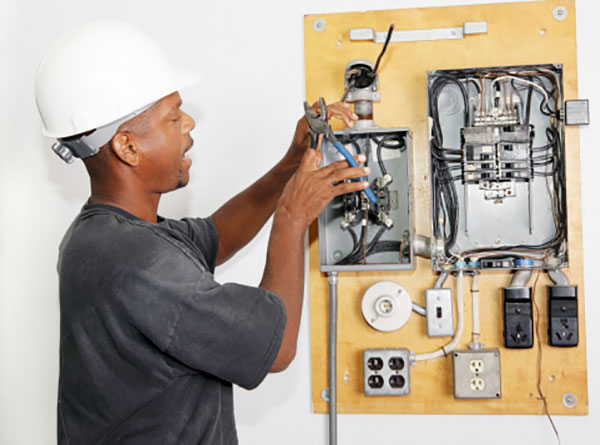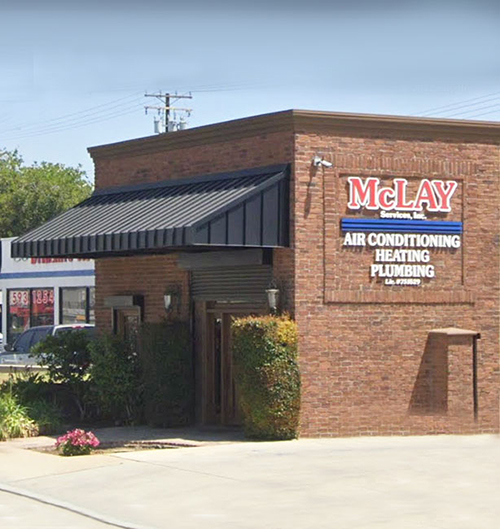Though rare, power surges can be costly and damaging to any home or business. Electrical devices and appliances were designed to withstand and take a certain amount of energy voltage. When a power surge occurs, there is a brief, yet high spike in the amount of electricity present. This spike in electricity can severely damage or even ruin many devices and appliances in the home, including air conditioning units, furnaces, boilers, and hot water heaters. Many homeowners do not realize how far reaching and expensive a power surge has the potential to be.
Power surges can be caused by many different factors and circumstances. They can also be internal or external. No matter the cause, power surges can still be very dangerous and risky for your home, appliances and HVAC system. Common causes of power surges include:
- Lightning and Electrical Storms
- Downed Power Lines, due to weather, accidents or other mishaps
- Faulty Building Wiring
- Power Outages
- Cycling On or Off of larger type appliances, such as air conditioners and washing machines
- Maintenance at the power plant
- Bad Electrical Components
- Aged Electrical Components
Home Power Surge Protection
Many homeowners purchase power surge protection in the form of power surge power strips and specialized anti-surge outlets. While these items are worthwhile in purchasing for smaller devices like computers, fax machines, printers, stereo equipment, and telephones, they will not protect your home utilities or HVAC system.
Other homeowners rely on their insurance or HVAC warranty for protection. Unfortunately, your HVAC system’s warranty does not generally cover damage or loss related to a power surge. In addition, to claim your HVAC system’s damage under your homeowner’s insurance, you must prove that the damage was caused by a power surge.
If you are not sure that your HVAC system or home utilities are protected, now is the time to take action. Pick up your telephone and contact your trusted HVAC contractor today to find out how you can further protect your HVAC system against internal and external power surges. HVAC maintenance includes not only regular tune-ups, but also power surge protection.



